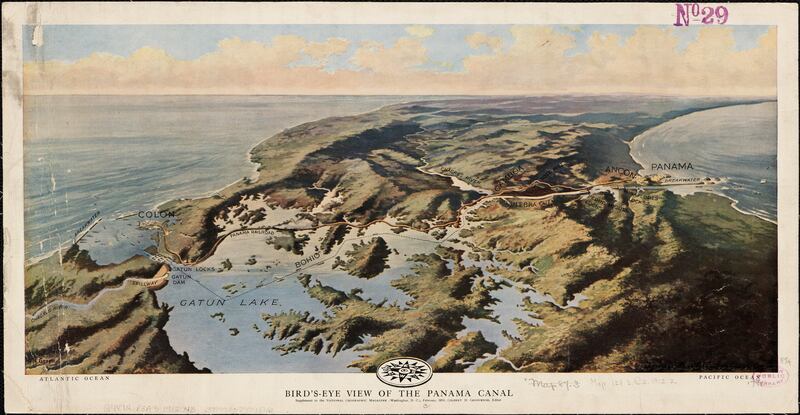A vicious cycle of poverty, crime and institutional weakness in Central America is driving much of the recent irregular immigration to the United States. Meanwhile, the U.S. government is scrambling to address both the immediate challenge at the border and the longer-term “push factors.”
The people leading this effort in the White House know the region well and know how the United States has tried — and failed — to solve this problem in the past. That knowledge should make them open to trying new approaches.
In particular, trade policy can and should be used to harness the power and creativity of the private sector to produce the sort of broad economic growth and job creation that will encourage and enable Central Americans to remain in Central America.
Two specific trade policy tools are at hand, neither of which has ever been tried in Central America. Either or both would send a strong signal to private markets that investment in the region is welcomed by the U.S. and Central American governments.
First, the United States should establish a link between the Dominican Republic-Central America Free Trade Agreement (CAFTA-DR) and the U.S.-Mexico-Canada Agreement (USMCA).
Technically known as cumulation, this would allow a company manufacturing in Mexico to source components in Central America that would count toward the minimum content threshold for duty-free access to the United States under USMCA.
The Northern Triangle needs momentum toward a strong, post-COVID-19 regional economy.
This would encourage North America’s supply chains, which currently source many components in Asia, to reshore to Central America. The result would be to reduce the cost of manufacturing in North America — making us more competitive — and to stimulate job creation in Central America.
A trade policy built on CAFTA-DR and USMCA would lend powerful coherence to the U.S. strategy. It would fully engage the private sector in the region and create hundreds of thousands of jobs in Central America.
In fact, the experience of CAFTA-DR points to the latent market opportunity in the region and suggests that enabling cumulation would promote greater trade and investment. Since CAFTA-DR began to enter into force in 2005, it has spurred a 20% increase in merchandise trade between the United States and the other six countries in the agreement: Costa Rica, the Dominican Republic, El Salvador, Guatemala, Honduras and Nicaragua.
However, trade among the other six countries (known as CA-5+DR) has grown at a much faster clip. Goods trade among the CA-5+DR countries, which stood at $6.5 billion annually when the agreement went into effect in 2006, increased 62% in real terms to $10.6 billion annually by 2019. What is more, nearly $100 billion in foreign direct investment flowed to the CA-5+DR over the same time span.
Second, the United States should invite the Northern Triangle countries of Guatemala, Honduras and El Salvador to enter into a standalone agreement on digital trade.
The power of digital technologies to curtail corruption, strengthen governance, reduce labor informality, improve the investment environment and promote job creation is widely recognized. Digital technologies are a crucial gateway to global value chains that unlock investment opportunities and reduce the social welfare gap, which in turn reduces pressure to emigrate.
A digital trade agreement consistent with U.S. practices would accelerate the Northern Triangle’s digital transformation while locking in much-needed reforms. It would also encourage interoperability of regulations and hard infrastructure in the region, which would reinforce resiliency and attract higher investment.
Despite being relatively underdeveloped, the Central American region is well positioned to seize this opportunity. Cellphones are ubiquitous, including many with data plans, so most consumers are familiar with digital technologies to access services and make purchases. The Central American private sector has begun to develop the market potential, and app-based banking is widely available. All of the region’s governments have put more and more information and services online; many common bureaucratic procedures like paying taxes or registering a business can be done electronically. Major American brands like Walmart Inc., AES Corp. and Citigroup Inc. are present in the region and use various digital systems to serve their customers.
As a result, Central America is positioned to benefit from trade policy initiatives like these, and the private sector has proven its willingness to respond to market openings.
The Northern Triangle needs momentum toward a strong, post-COVID-19 regional economy. A digital trade agreement and content cumulation would offer an immediate major boost with long-lasting positive effects for the Northern Triangle and the United States.
Matthew Rooney is the managing director of the George W. Bush Institute-SMU Economic Growth Initiative.

